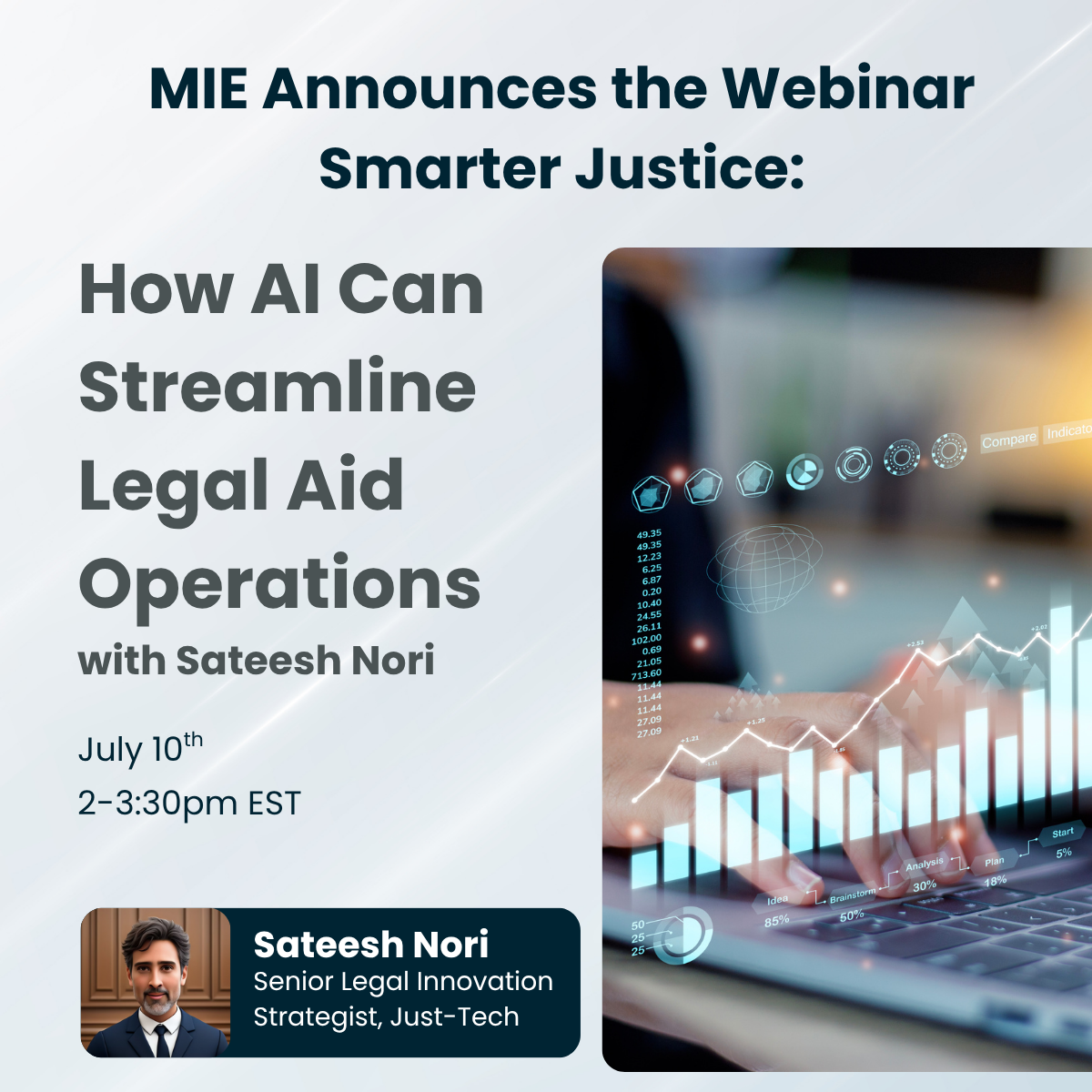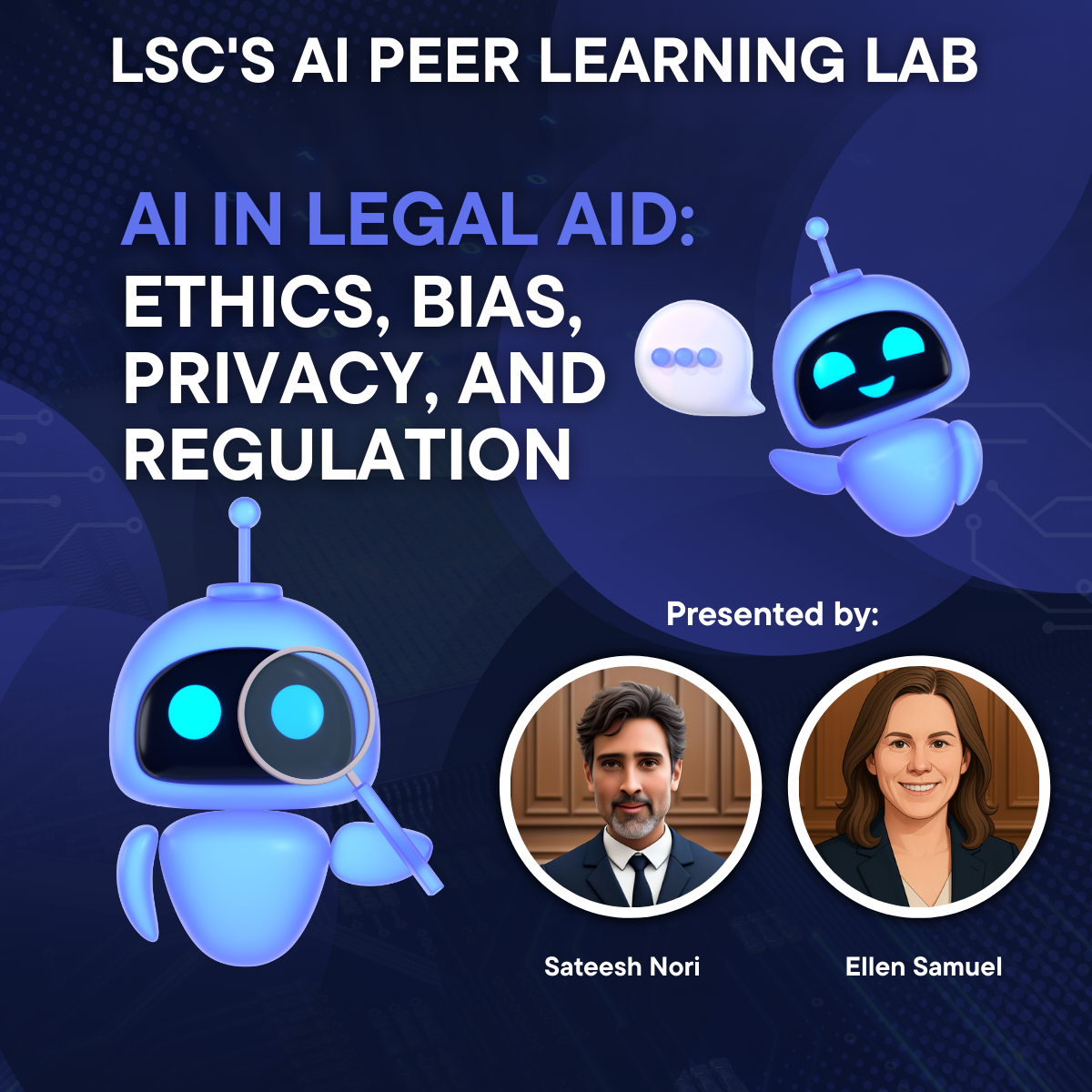The Economic Case for Legal Aid—and How AI Can Strengthen It
For decades, legal aid has been justified on moral and constitutional grounds. The work of legal aid supports our most vulnerable friends and neighbors. But in an era of tight budgets, new threats to existing funding at the Federal level, and increasing demand for our services due to economic and political issues, there’s a growing need to articulate its value in economic terms.
The Legal Services Corporation (LSC), the national organization that supports civil legal aid across the country, has made a compelling case: legal aid not only promotes justice but also generates measurable economic benefits. In its recent reports, LSC documents how every dollar invested in legal aid yields returns by preventing evictions, reducing reliance on emergency services, stabilizing families, and increasing access to federal benefits. It is not just charity—it is sound policy.
This economic framing is more than just strategic. It acknowledges that the law touches nearly every facet of American life—housing, healthcare, employment, and safety—and that without representation, low-income people are structurally disadvantaged. LSC-funded organizations help level that field. Studies show that legal aid can reduce domestic violence, lower foster care placements, and even decrease crime rates.
For example, preventing an unlawful eviction avoids homelessness, shelters, hospitalizations, and missed school days—costs that ripple through public systems. Yet the justice gap remains stubbornly wide: over 92% of civil legal problems reported by low-income Americans receive inadequate or no legal help.
This is where artificial intelligence enters—not as a replacement for lawyers, but as a force multiplier. AI tools can help legal aid organizations automate routine tasks, triage high-need cases, and expand service to unrepresented litigants.
Some argue that the risk in boosting AI tools is that such tools, which cost less than human workers, will be used as a justification for less funding. In other words, why pay more when we can do more with less. In response, we should stress the depth of the problem and the need for all methods and solutions- both human and technological.
However, legal aid doesn’t exist for its own sake. Legal Aid exists to serve a purpose: access to justice for millions of vulnerable Americans. With this purpose in mind, we should strive to adapt and incorporate all possible solutions.
Also, AI can strengthen the economic case for legal aid by analyzing outcomes at scale. By mining court data, medical records, and housing trends, AI can help quantify the real-world impact of legal interventions: How many evictions were prevented? What costs were avoided by resolving benefits disputes early? What systemic injustices emerge from aggregated case data? If used ethically and transparently, AI can transform anecdotal success stories into empirical evidence—evidence that funders, legislators, and taxpayers can understand. In a system where the burden of proof always seems to fall on the poor, AI can help carry the weight.
In sum, legal aid saves us money by helping address the obstacles that impede so many Americans. AI can be a catalyst in those efforts, reinforcing the essence and purpose of legal aid organizations.

.png?width=50&name=sateesh%20(1).png) By
By


